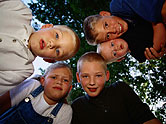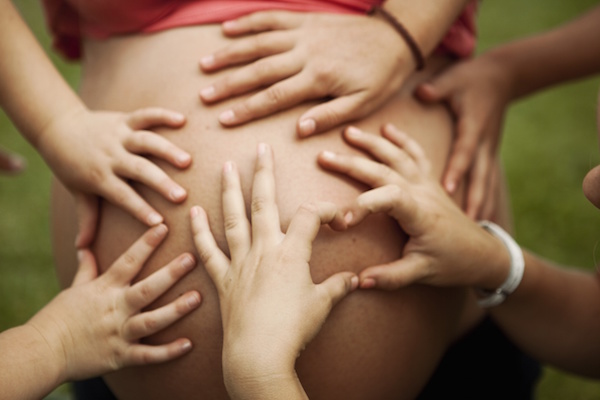
MONDAY, Dec. 14 (HealthDay News) — A little over half of the children in the United States who have mental problems, including attention-deficit hyperactivity disorder, get professional help, federal health officials report.
However, “you could look at it the other way — that half don’t,” said Kathleen Merikangas, a senior investigator at the U.S. National Institute of Mental Health and lead researcher of a study published online Dec. 14 in Pediatrics.
Depression and anxiety often go undiagnosed and untreated, the study found.
“We have a substantial number of kids in America who are suffering from a current [mental] disorder,” Merikangas said. The researchers found that 13 percent of the 3,042 children and adolescents in the study had at least one mental disorder and about 2 percent had more than one, usually a combination of attention-deficit hyperactivity disorder (ADHD) and conduct disorder.
The data came from youths aged 8 to 15 whose families participated in the National Health and Nutrition Examination Survey from 2001 to 2004. The youths were interviewed, and parents and caregivers also provided information about their children’s mental health.
The researchers looked at six mental problems: generalized anxiety disorder, panic disorder, eating disorders, depression, ADHD and conduct disorder. They found:
- 8.6 percent had ADHD, including more boys than girls.
- 3.7 percent had depression, more common among girls.
- 2.1 percent had a conduct disorder.
- 0.7 percent had an anxiety or panic disorder.
- 0.1 percent had an eating disorder such as anorexia or bulimia.
Children from lower socioeconomic backgrounds were found to be more likely to have a disorder, particularly ADHD. Those from higher socioeconomic backgrounds were more likely to have an anxiety disorder, the study found.
Mood disorders were significantly higher among Mexican-Americans than whites or blacks, but overall there were few ethnic differences in the rates of disorders.
Among children and adolescents with mental problems, 55 percent had seen a mental health professional. However, only 32 percent of those with anxiety disorder had gotten treatment.
Merikangas said that anxiety and depression are the most neglected problems.
“It is not immediately evident that a child with anxiety is really suffering because they don’t make trouble,” she said. “If anything, those are the children who are quiet in class, they don’t respond, and teachers are not aware that these children are suffering.”
In addition, black and Mexican-American children were much less likely to seek help than were white children, highlighting the need, according to the researchers, to identify and remove barriers to treatment for minority children.
“We need to be more aware of these conditions at the primary levels where we have our contact with kids — that’s the school system,” Merikangas said.
Parents and teachers need to be aware of these conditions and make a judgment whether children need help so their condition “doesn’t interfere with their educational, social and personal development,” she said.
And the earlier mental health problems are identified, the better the chance of success in resolving them, she said.
“The earlier you can intervene, the less likely you are to see the consequences of these conditions, such as kids developing substance abuse, suicide, kids dropping out of school and kids not being able to function in their social roles,” Merikangas said.
Dr. Jon Shaw, a professor and director of child and adolescent psychiatry at the University of Miami Miller School of Medicine, agreed that anxiety and depression in children often go unrecognized.
But he said there are probably many more children with these problems than the researchers found. “Most children with anxiety disorders go unrecognized,” he said.
Shaw noted that teachers and parents “are much better observers of misbehaviors and poor observers of children who have internalizing disorders, such as anxiety and depression.”
Depression and anxiety in children can lead to mood disorders in teenagers, he said.
More information
The U.S. National Mental Health Information Center has more on children’s mental health.

